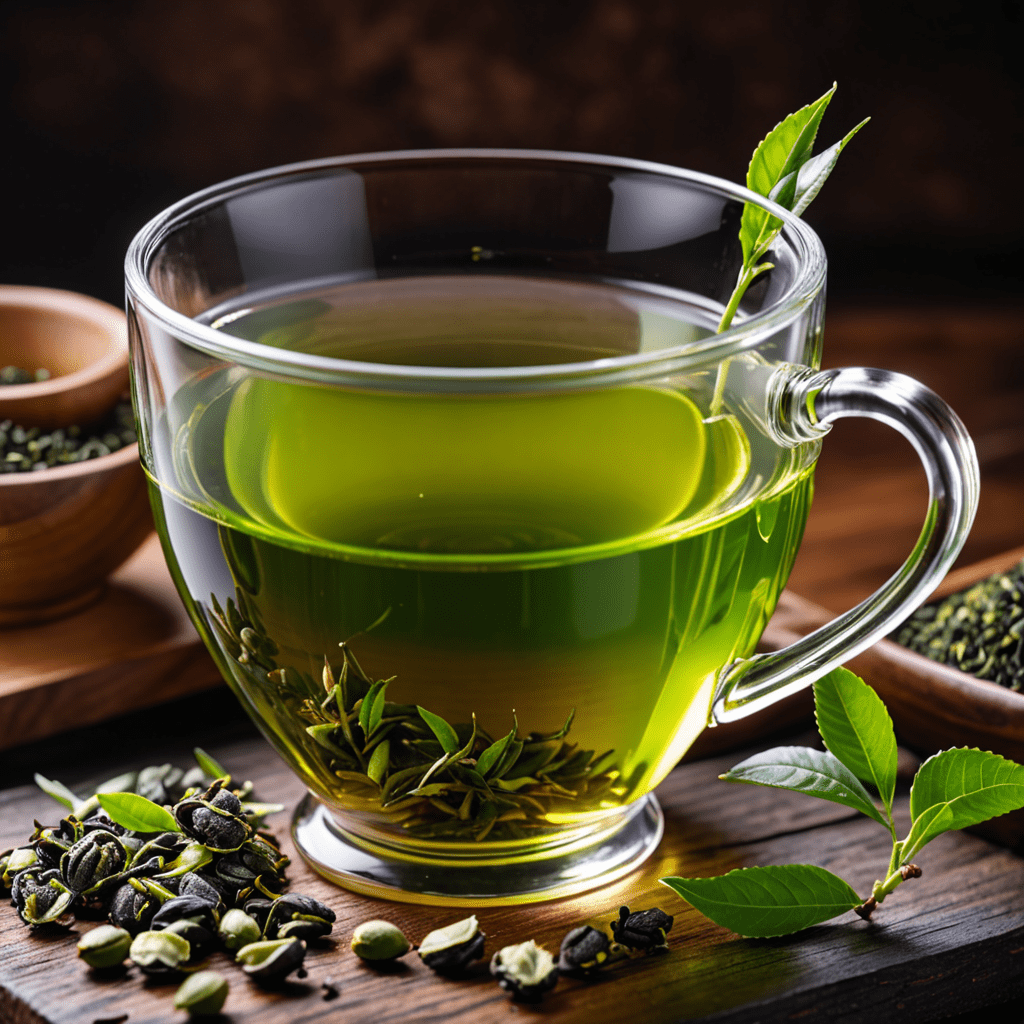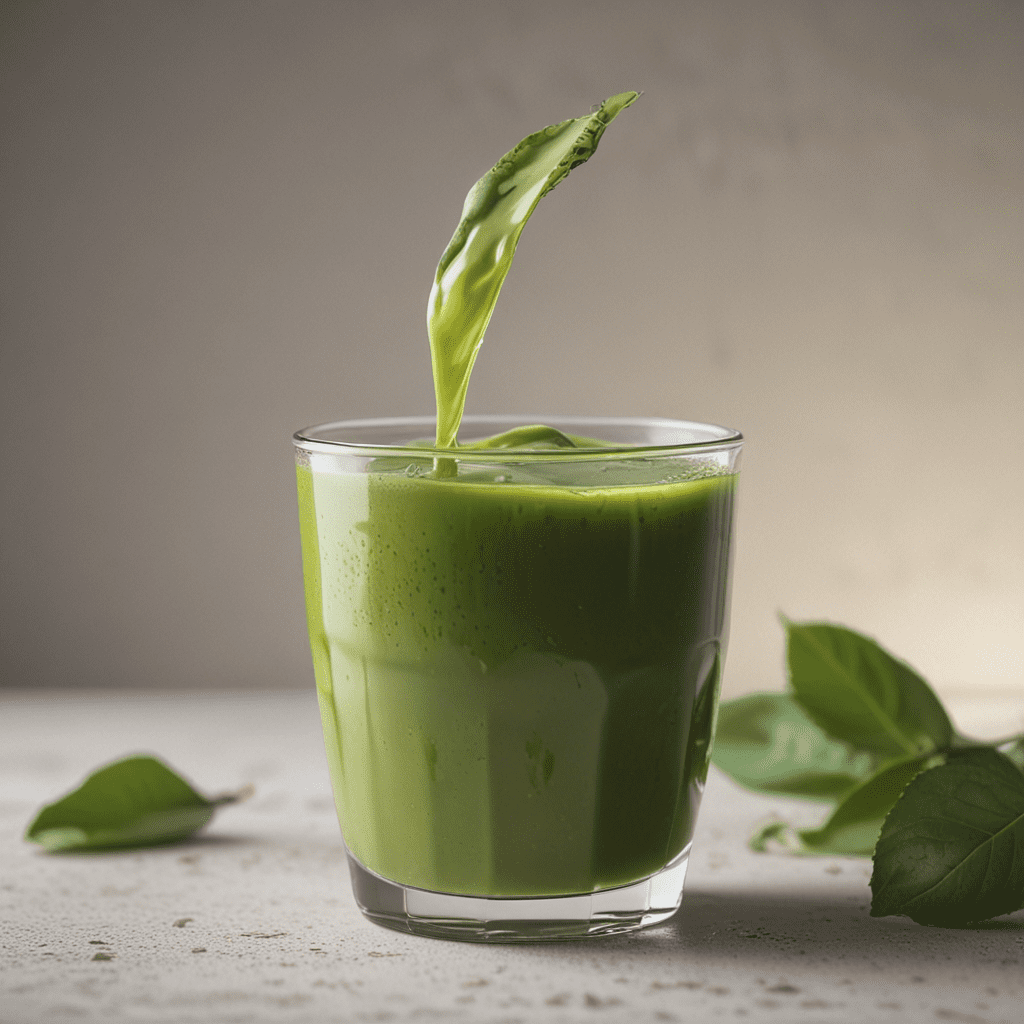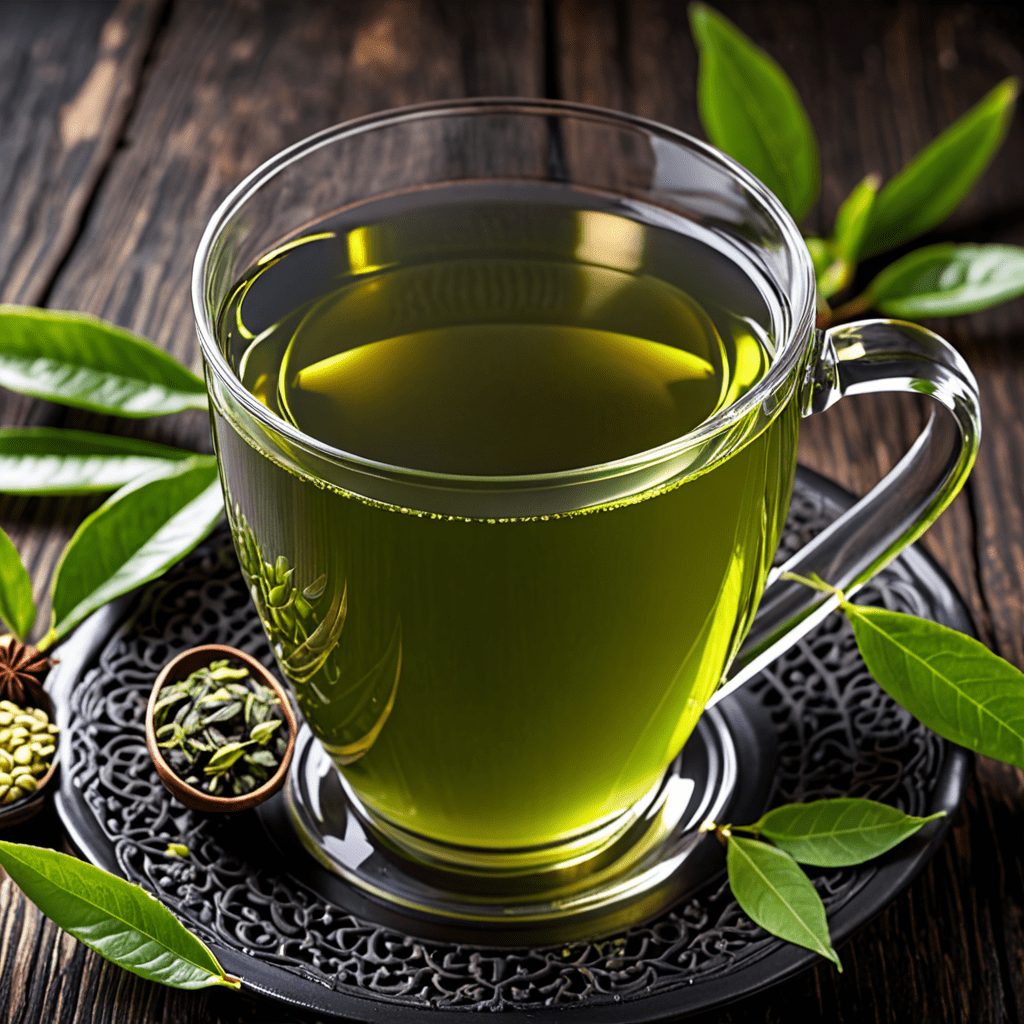Discover the Art of Cultivating Lush Green Tea at Home
Growing green tea at home can be a rewarding and beneficial experience, allowing you to enjoy the freshness of your own homegrown leaves while contributing to a sustainable lifestyle. Whether you have a spacious garden or simply a sunny windowsill, cultivating green tea is an art that can be mastered with the right knowledge and techniques. Here’s a comprehensive guide to help you embark on your journey of growing and nurturing green tea plants in your own home.
Understanding the Green Tea Plant
Before diving into the process of growing green tea, it’s essential to understand the plant itself. The scientific name of the green tea plant is Camellia sinensis, and it is a species of evergreen shrub known for its leaves, which are used to produce various types of tea. The plant thrives in warm, humid climates and can be cultivated in different parts of the world.
Selecting the Right Growing Conditions
Green tea plants thrive in specific environmental conditions. Ideally, they require well-drained, acidic soil with a pH level between 4.5 and 6.0. Additionally, they prefer partially shaded areas with ample sunlight, making them suitable for both indoor and outdoor cultivation. Understanding the specific needs of the green tea plant is crucial to ensure its successful growth.
Planting and Maintenance
When planting green tea, it’s important to start with healthy, young plants from a reputable nursery. Whether you choose to plant them in containers or directly in the ground, proper spacing and regular pruning are essential to encourage healthy growth and adequate air circulation. Fertilization and watering are also crucial aspects of maintenance to support the plant’s development.
Harvesting and Processing
The timing of the harvest significantly influences the flavor and quality of the green tea. Typically, the best time to harvest is during the plant’s growing season. After harvesting, the leaves undergo processing, which involves withering, steaming, and drying to preserve their flavor and aroma. Understanding the various processes involved in green tea production is essential for producing high-quality tea leaves at home.
Tips for a Thriving Green Tea Garden
To ensure the success of your green tea garden, consider factors such as proper pest control, suitable companion planting, and organic gardening practices. Additionally, staying informed about potential diseases and their prevention is vital for maintaining the health of your green tea plants.
FAQ: Frequently Asked Questions
Q: Can green tea be grown in any climate?
A: Green tea plants thrive in warm, humid climates, but with proper care and maintenance, they can also be cultivated in a variety of climates.
Q: How long does it take for green tea plants to mature?
A: Green tea plants typically take three to five years to reach full maturity and start producing leaves suitable for harvesting.
Q: Is it possible to grow green tea indoors?
A: Yes, green tea plants can be grown indoors, provided they receive sufficient sunlight and are placed in a well-ventilated area.
Q: What are the primary factors contributing to the flavor of homegrown green tea?
A: The flavor of homegrown green tea is influenced by factors such as the plant variety, growing conditions, timing of harvest, and processing methods.


